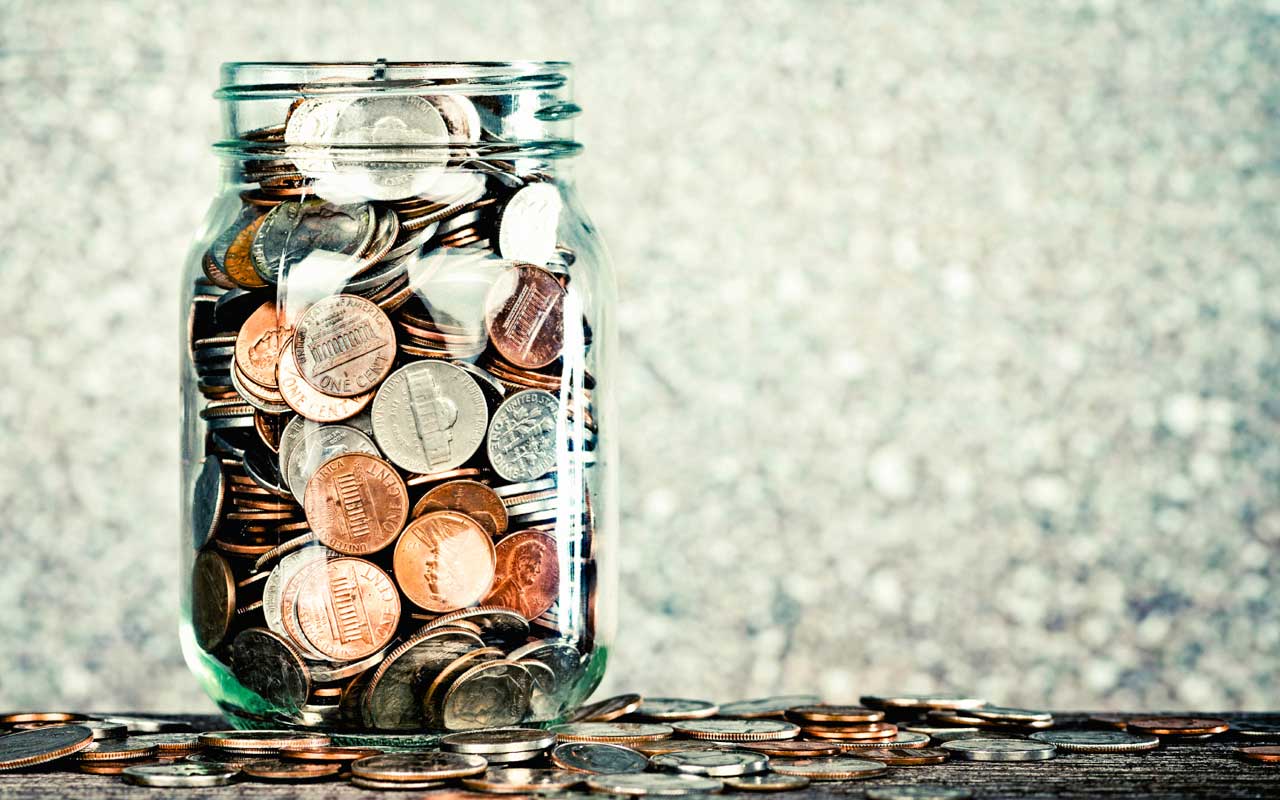Debt can feel overwhelming, but the first step in regaining control is gaining a clear understanding of your financial position. Begin by compiling a list of all your debts, including credit card balances, personal loans, car payments, student loans, and any outstanding medical bills. For each item, note the total amount owed, the minimum monthly payment, the interest rate, and the due date. This snapshot will help you see both the big picture and the details of your financial commitments.
Reflect on Jane’s situation: she collected five credit cards, an auto loan, and a minor personal loan. By making a spreadsheet to note down interest rates and monthly payments, Jane realized that certain cards had interest rates almost three times higher than others. This understanding enabled her to manage her repayments with greater strategy.
Evaluating Your Financial Means
Now, evaluate your income versus expenses. Track all sources of income—salary, freelance work, government assistance—and list all monthly expenses, distinguishing between necessities (rent, utilities, groceries) and discretionary spending (entertainment, dining out). Many fall into the trap of underestimating daily spending; using budgeting apps or bank statements can provide objective recognition of patterns.
Upon reviewing her budget, Jane noticed she spent $120 monthly on coffee and lunches. Redirecting these funds towards debt payments would save her hundreds in interest over a year.
Creating a Realistic Repayment Plan
Once you know your numbers, determine how much you can realistically allocate to debt repayment each month. Two popular strategies include the debt avalanche—which focuses excess payments on the highest-interest debt first—and the debt snowball—which pays off the smallest debts first for psychological wins. Research from the Harvard Business Review suggests that many people stick with repayment plans longer when they achieve early, tangible progress; thus, consider personal motivation while selecting a strategy.
Suppose you owe: $500 (18% APR), $2,000 (24% APR), and $800 (12% APR). The avalanche approach would have you pay the $2,000 first, while the snowball targets the $500 debt. There is no universally superior method; the key is consistency.
Interacting with Creditors and Seeking Assistance
If paying the minimum or more seems impossible, contact your creditors before you miss any payments. Numerous lenders offer programs for hardship, temporary rate cuts, or options for forbearance. When Jane became unemployed, she notified her credit card issuers and arranged for reduced payments until she found work again. Taking action shows responsibility and can help avoid negative credit marks.
Research nonprofit credit counseling agencies in your region. Certified counselors help you organize finances, may assist in negotiating reduced payments, and sometimes administer debt management plans that consolidate multiple payments into one. Be wary of for-profit companies promising quick fixes; always verify credentials and read reviews.
Focusing on Crucial Payments
Some debts carry more severe consequences for missed payments, such as mortgages, rent, and utility bills, which may threaten shelter or basic services. Prioritize these over unsecured debts (like credit cards), especially during periods of crisis. For example, during the pandemic’s early phase, many jurisdictions offered eviction moratoriums or utility bill relief—invest time in discovering local protections or assistance programs.
Cutting Costs and Increasing Revenue
Cutting costs can free up vital funds for repayment. Cancel unused subscriptions, switch to more affordable cell phone plans, and take advantage of community resources like public libraries or food banks in times of need. Even selling possessions online or taking on temporary work (gig economy, tutoring, contract projects) can produce a noticeable difference over a few months.
Think about Luis’s experience: he worked part-time as a rideshare driver, which allowed him to earn additional income and reduce his debt period by half a year.
Tackling the Emotional Effects of Debt
The mental strain of debt frequently results in anxiety, insomnia, and loneliness. Seek support by confiding in reliable friends or relatives, or by joining support groups to exchange experiences and gain insights from others’ paths. Financial therapy is becoming more recognized, assisting individuals in understanding emotional triggers related to expenses and worries about debt.
Recognizing When to Seek Professional Help
If your debt load is unmanageable—if, for instance, you juggle payments with payday loans or consistently miss minimum payments—it may be time to consult a bankruptcy attorney or financial advisor. Bankruptcy is a significant decision with far-reaching effects, but for some, it provides a necessary reset. Understanding all legal rights and options can empower you to make informed choices rather than acting out of desperation.
Developing Sustained Economic Resilience
Tackling outstanding debt ought to be seen as an integral aspect of fostering overall financial well-being. Mastering budgeting, establishing emergency funds—even a modest reserve of $500—can assist in disrupting patterns of continual debt. Investigate financial education options from trusted organizations, like the Consumer Financial Protection Bureau’s free digital tools or classes offered within local communities.
By utilizing these forward-thinking strategies, debt can be converted from a perpetual strain into a manageable challenge that can be addressed with diligence and assistance. Each time a payment is made, and every constructive decision is taken, it not only paves the way out of existing liabilities but also sets the groundwork for long-term economic resilience and stability.



:max_bytes(150000):strip_icc()/GettyImages-22099526461-695f119f7b254a52aee8839ff8d99daf.jpg)

